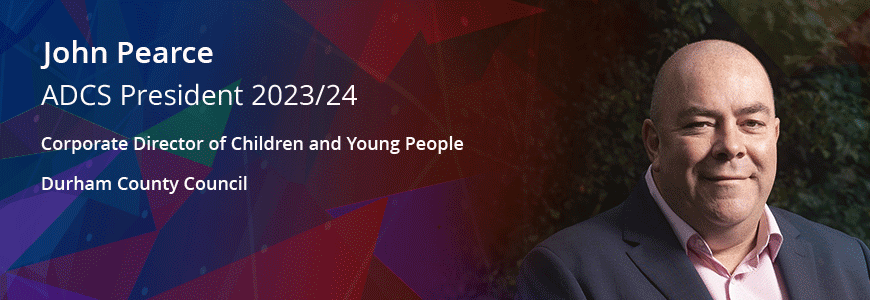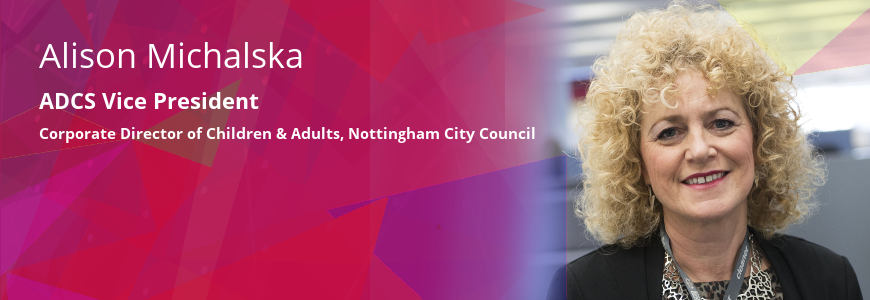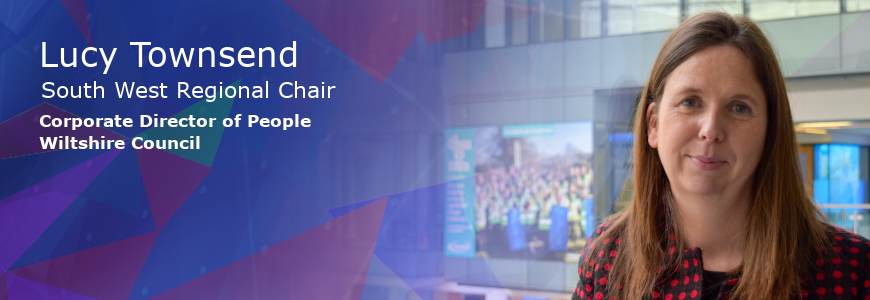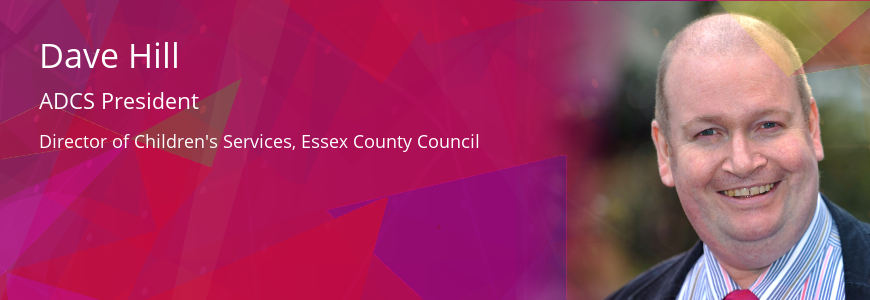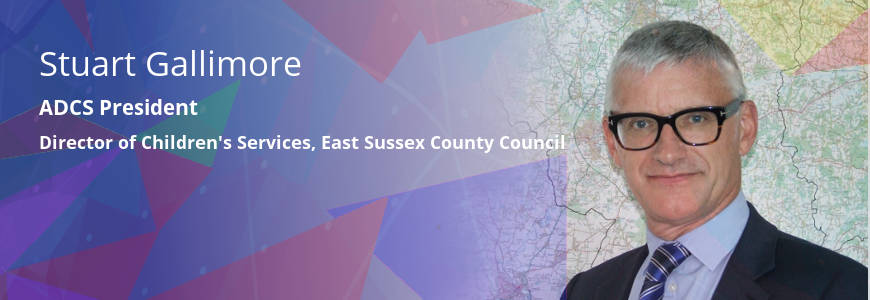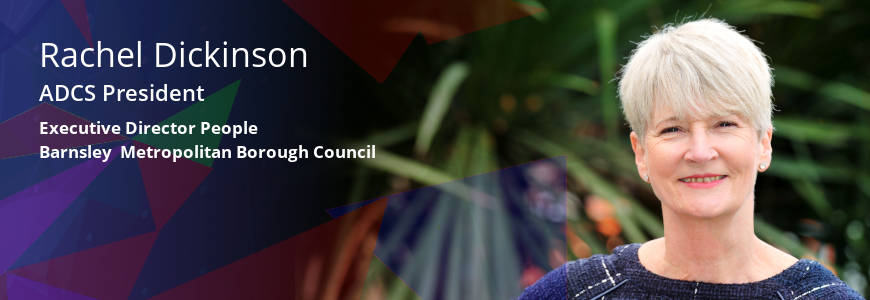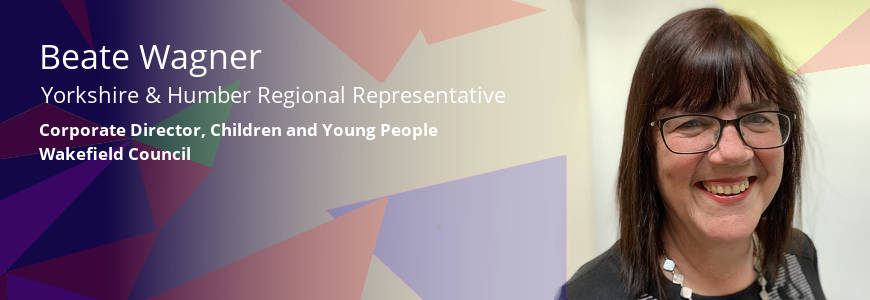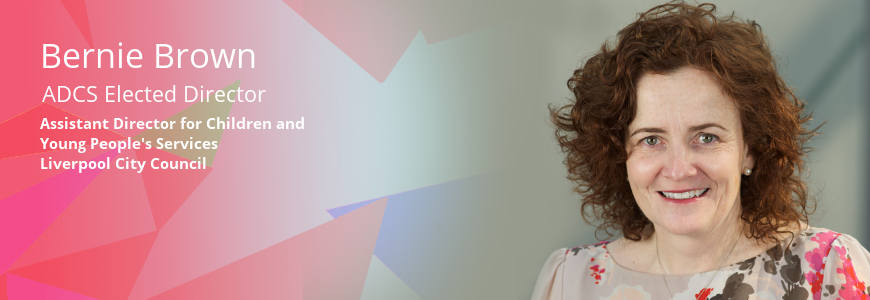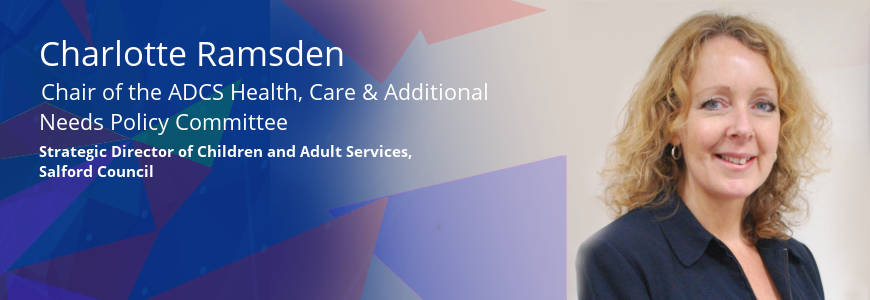Harnessing our collective responsibilities to young people
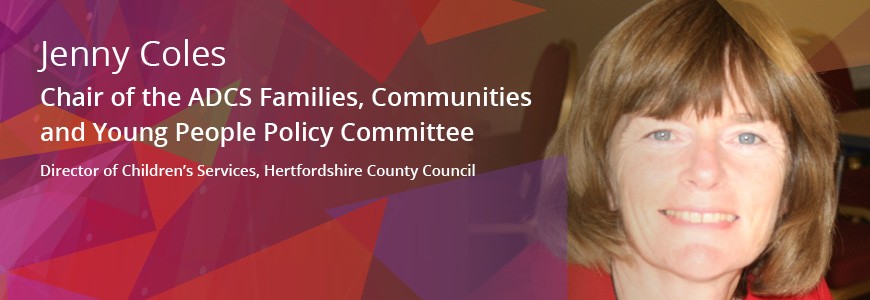
Highlighting the impact of neglect on young people is clearly presented in Ofsted’s Growing up neglected: a multi-agency response to older children. I was taken by some of the opportunities missed in harnessing the insight and expertise of some of our partner agencies, as well as the need to better support the training and skills development of our frontline staff working with teenagers. The latest JTAI thematic report offers an overview of findings from six local authority area inspections. One of the headlines was that older children facing neglect can often go ‘unseen’ as signs of neglect are not as easy to identify as with younger children. This is partly because a practitioner’s focus can be on the presenting behaviour such as anti-social activity and other challenging behaviours, rather than understanding the reasons behind a young person’s actions. Another headline was that better joined-up working from local agencies is needed to identify neglect sooner.
When it comes to safeguarding children, all local agencies hold the same ambition, high standards and determination to protect them. Our different responsibilities mean that each of us has a unique insight into a child’s life. Harnessing all of this knowledge and any other opportunities to prevent problems is key to tackling these issues early. We must also not lose sight of the fact that teenagers are entitled to care and protection from neglect just as much as younger children.
The report raises plenty of important issues and I found the reference to the growing body of evidence regarding a trauma informed approach very helpful. However, I was particularly taken with the messages around the role of health services. As the report points out, identifying neglect in older children can be more difficult and therefore requires a more co-ordinated approach. The importance of GPs, dentists and other health colleagues in identifying, addressing and reporting neglect were noted with some excellent examples of tenacious practice by individual practitioners such as school nurses. Making sure that frontline practitioners who interact directly with young people and their families have the skills to respond and the confidence to share key information with each other goes such a long way. This is especially important in spotting signs of neglect. Multi-agency training in responding to older young people and sharing the good practice developing in some areas is essential so that we have every chance of supporting all children in a family.
Health is an increasingly complex landscape and as we begin to put in place our new multiagency safeguarding arrangements there is an opportunity to reset local relationships and ways of working. This report offers some food for thought in this process, like how we meaningfully engage with a range of partners in preventing neglect of older young people as well as addressing the impact of neglect. For me it is about championing the rights of young people to feel and be cared for as well as finding the best way to co-ordinate our efforts with other agencies within the broader safeguarding context. There is no doubt that positive work is taking place as many staff across multiple agencies do what they can to identify and tackle neglect, however, we must continue to develop our practice to address the needs of young people of secondary school age. There will be new challenges and opportunities in the future with the replacement of local safeguarding children boards, but one thing will remain the same, tackling neglect in families will make a crucial difference to outcomes for young people.
Related Blog Articles
In the week that “Freedom Day” was delayed for a month, almost as if it were...
In Safeguarding & Child Protection
This week, students up and down the country have been returning to school, or...
In Education
“She’s gone mad,” they said. “Completely bonkers,” said others. People...
In Inspection & Improvement
Ofsted has just launched its Big Listen as it seeks views from the sector,...
In Inspection & Improvement
In recent weeks we have seen a whole host of changes in central government,...
In General
One of the privileges that come with being the ADCS President is that you get to...
In Safeguarding & Child Protection
Earlier this week I attended a reunion with a group of much valued former...
In General
We are talking about little else at the moment, but I am not talking about...
In General
Having spent an enjoyable and thoughtful few days at the NCASC conference in...
In Health
I am writing this blog as we come to the end of another school year – it’s...
In General
I continue to be amazed by the extraordinary efforts of the staff working in...
In Safeguarding & Child Protection
Schools play a vital role in their local areas by widening opportunities for...
In Education
Language is so important, it affects the way we see people and situations and...


